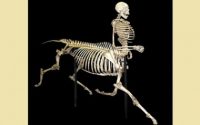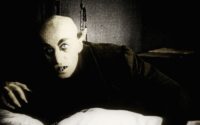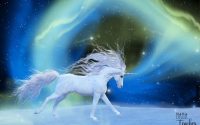Mythical Creature – The Griffin
The Greek mythology has a variety of mythical creatures. One of them is the griffin. This animal is often portrayed as a powerful creature with many characteristics. Its head is shaped like a horse’s, but its back is much more stout and muscular.
Greek mythology
The Griffin in Greek mythology is a powerful creature. It has a body like a lion with two or four legs. However, its head and wings are that of an eagle. In other words, the griffin is half lion, half eagle.
Besides being a legendary creature, the Griffin is also a symbol. It is associated with the Four Footed Winged Raptors. These are four-footed winged raptors that appear in Greek mythology.
Traditionally, the Griffin was depicted with an eagle’s head and wings. Sometimes, it is also seen with a lion’s body and ears.
Although the griffin was a legendary animal, no writings explain its identity. The Greeks used a number of different names for it. For example, the griffin was known as the Shirdal, which means “Eagle-Lion.”
Another creature related to the Griffin is the Minotaur. This monster had a human upper half and a bull’s body. But its human lower half reached as high as stars.
There were also griffin-like creatures that appeared in Syria and Levantine art. They are also sometimes called satyrs.
Lamassu
Lamassu is a mythical creature that was a protective deity in ancient Assyria and Sumer. It was a powerful, mythical animal with five legs and bird wings.
Lamassu statues were found throughout the ancient world. They were made to protect and guard palaces and other buildings. These figures were often placed together as a pair at the entrances of the city. Sculptures were also buried beneath the building to provide protection.
The Lamassu was a protective figure that could intimidate the spirits of evil. Lamassu is depicted as a bearded man with lion body, eagle wings, and a horned cap. He was believed to protect kings and all humans.
During the Neo-Assyrian Empire (c.883-612), Lamassu was considered a symbol of power and authority. This was likely because of the influence of the Babylonians. In this time, Lamassu statues were carved into colossal sizes. When they were carved, they had a high relief.
As the king’s protection, Lamassu was believed to ward off any supernatural forces. Originally, they were only considered a deity, but in later times they became a sign of king authority.
hippogryph
A Hippogryph is the only known relative of the Griffin. It is a horse-like creature that stands about 4 inches tall. The hippogryph is also known for its golden beak, horse-like hind legs and feathered wings.
It is said that a hippogryph can reach speeds up to lightning. Although it is a mythical creature, it has been drawn in paintings by Louis-Edouard Rioult and Gustave Dore. They were also featured in the premiere of My Little Pony: The Movie.
In the Greco-Roman world, the hippogryph was a noble, strong creature. It was also a powerful warrior, having the ability to fly like a bird.
This griffin-like animal was often ridden by a knight or sorcerer. Their beak and claws gave them the power to slash and attack their prey.
According to legend, a hippogryph is a hybrid of a griffin and a horse. When it mates with a mare, it becomes a hippogriff. Unlike a griffin, a hippogriff is more intelligent.
Hugo Simberg’s griffin
Simberg’s griffin logo is a famous artistic motif that was designed by famous Finnish artist Hugo Simberg. It is one of the oldest corporate logos in Finland. The logo is used in UPM marketing materials. Today, the symbol is embroidered in fabrics and carved into wood.
As a symbol, the griffin symbolizes assurance of quality and responsibility. In the past, the griffin was a legendary figure, a mythological creature that lived in forests. During the early 19th century, it was considered a deity associated with Apollo.
Hugo Simberg’s griffin logo is an iconic design that has evolved with the times. This design is used in UPM marketing materials and has become an integral part of the modern UPM narrative.
Hugo Simberg’s work is known for its macabre themes and its focus on the supernatural. His paintings are filled with fantastic images. Many of his works feature figures of death, skeletons and angels. He also painted landscapes and portraits.



